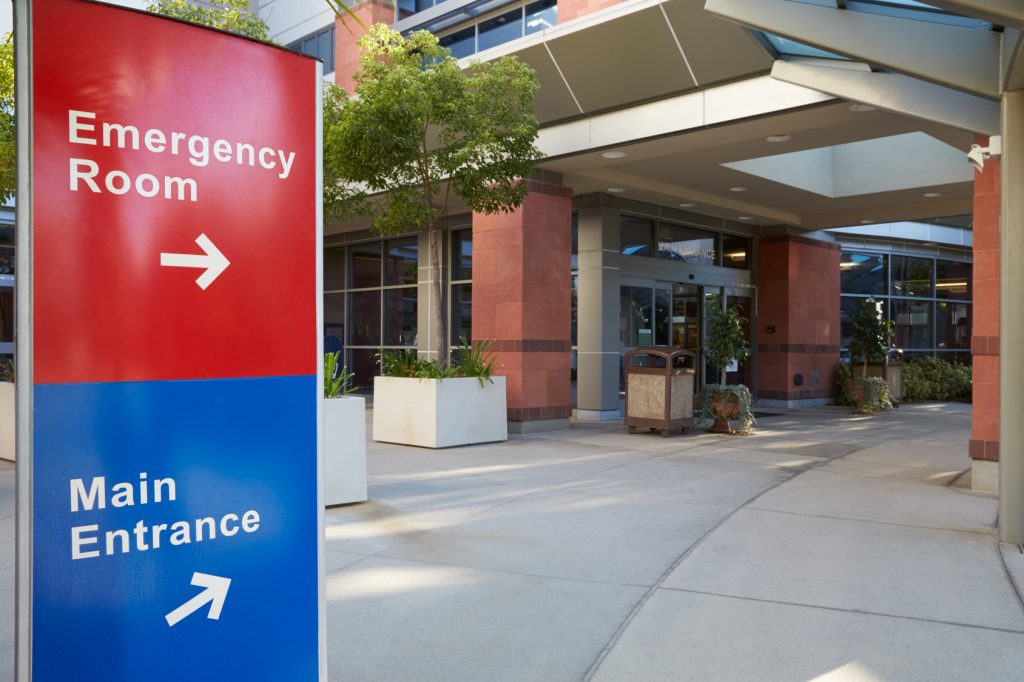
The State of Emergency Nursing
A recently released study took an in-depth look at the state of emergency, trauma, and transport nurses in the United States in an effort to gain an understanding of the landscape of the field, as well as the issues facing these nurses. The comprehensive study, which is the first of its kind, provides important insights about the current workforce and the future demands of the profession.
Here are some highlights from the report.
Demographics
- The majority of the workforce is under the age of 40 (43%), female (78%), and Caucasian (87%).
- Transport nurses are more likely to be male than emergency or trauma nurses.
- Compared to the overall nursing workforce, emergency/trauma/transport nurses are more likely to be male and white.
- More than 50% of respondents have previously worked in an Emergency Department.
- 10% of respondents report previous military experience.
- 78% of respondents hold a BSN or higher.
On the Job
- Respondents indicated that 60% of their time is spent on direct patient care, while 25% of their time is spent on documentation.
- 65% of respondents stated they are satisfied or very satisfied with their jobs.
- 39% of respondents report the workload is too heavy or overwhelming.
Salary & Career Path
- For emergency nurses, the median salary is $77,500.
- For trauma nurses, the median salary is $82,500.
- For transport nurses, the median salary is $82,500.
- The majority of survey respondents expect a shortage or extreme shortage of nurses in the next 5 to 10 years, though most report plans to continue in their current role for the next 5 to 10 years.
- The most common planned career change among respondents is to obtain a specialty certification or become an APRN.
Disclaimer: The viewpoint expressed in this article is the opinion of the author and is not necessarily the viewpoint of the owners or employees at Healthcare Staffing Innovations, LLC.
